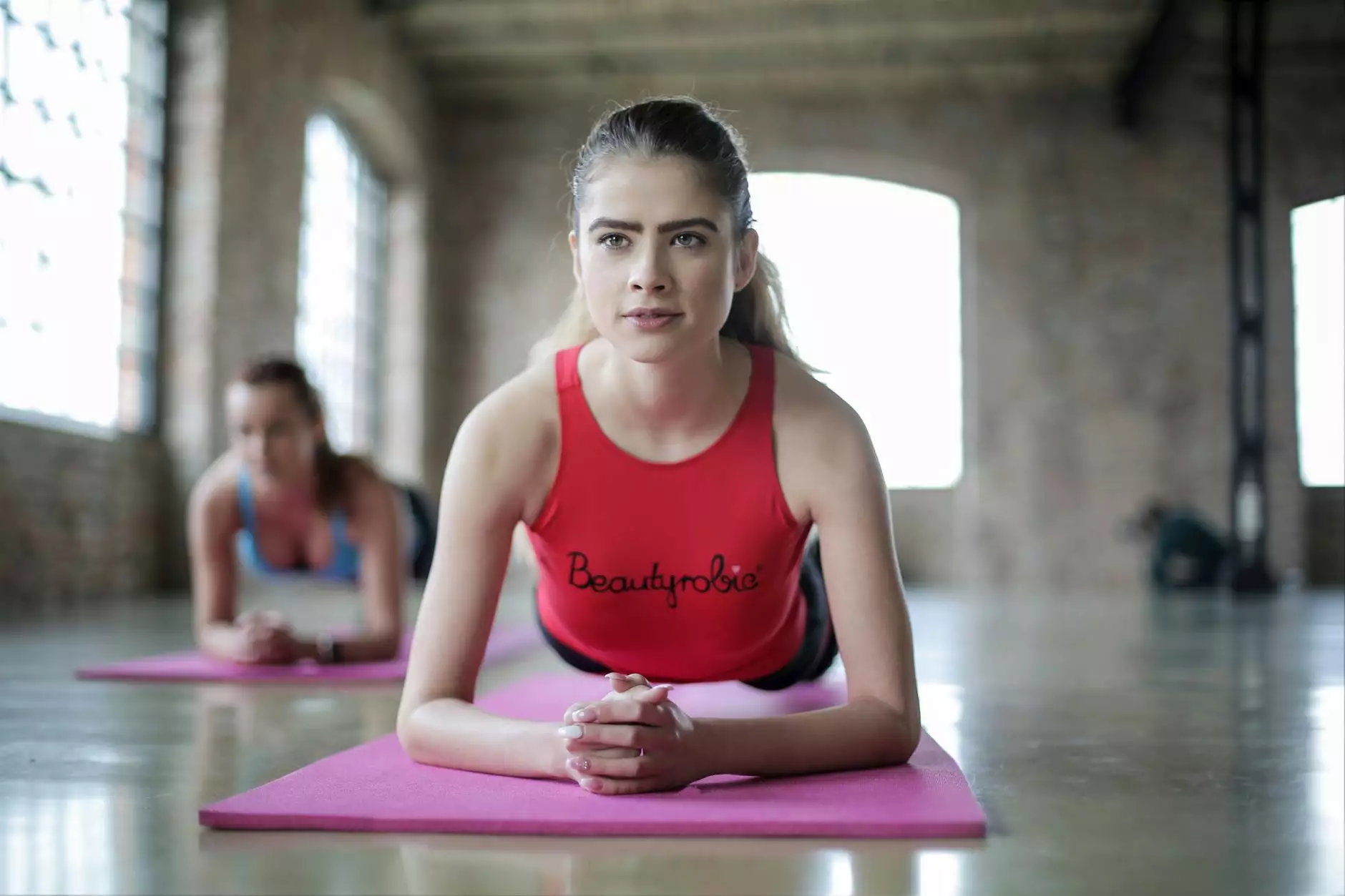What is External Rotation of the Shoulder?

The shoulder joint is a complex structure vital for a wide range of movements. One of the key movements associated with this joint is external rotation. Understanding what external rotation of the shoulder is, its significance in overall health, and how to improve this aspect of shoulder mobility can greatly benefit individuals, especially those in the fields of healthcare and physical therapy.
The Anatomy of the Shoulder
To better understand external rotation, it's essential to first explore the anatomy of the shoulder. The shoulder joint, or glenohumeral joint, is formed by the glenoid cavity of the scapula and the head of the humerus. This ball-and-socket joint allows for a wide range of motion, including flexion, extension, abduction, adduction, and of course, rotation.
Muscles Involved in External Rotation
Several key muscles are responsible for facilitating external rotation of the shoulder:
- Infraspinatus: A major rotator cuff muscle that helps in external rotation.
- Teres Minor: Works alongside the infraspinatus to enhance external rotation and stabilize the shoulder.
- Deltoid (posterior fibers): Contributes to the external rotation when the arm is raised.
- Supraspinatus: Assists with the initial movement of arm elevation, indirectly supporting external rotation.
What Does External Rotation Involve?
When we refer to external rotation of the shoulder, we mean the action of rotating the shoulder away from the body, which causes the arm to move outward. This movement is crucial in various daily activities such as reaching back to grab something from behind, swimming, throwing, or even performing overhead activities in sports.
External rotation is quantified by the degree of motion at the shoulder and is typically assessed with the arm at the side. A healthy adult's shoulder typically has a range of external rotation from 80 to 90 degrees when the elbow is held at a 90-degree angle.
Importance of External Rotation
Understanding and maintaining a good range of motion in external rotation is important for several reasons:
- Injury Prevention: Limiting this movement can lead to compensatory patterns, resulting in shoulder impingement or rotator cuff injuries.
- Improved Functionality: A well-functioning shoulder allows individuals to perform daily tasks, enhancing overall quality of life.
- Rehabilitation: For individuals recovering from shoulder injuries, external rotation exercises are a central part of therapy to regain strength and mobility.
Conditions Affecting External Rotation
There are several conditions that can affect the shoulder’s ability to externally rotate:
- Rotator Cuff Injuries: Tears or inflammation can limit movement and cause pain.
- Shoulder Impingement Syndrome: This occurs when tendons in the shoulder are compressed during arm movements.
- Frozen Shoulder (Adhesive Capsulitis): Characterized by stiffness and pain, severely limiting the range of motion.
- Shoulder Dislocations: Dislocated shoulders can lead to long-term issues with mobility, including external rotation.
Assessing External Rotation of the Shoulder
Assessing external rotation can be done through various clinical tests carried out by healthcare professionals. Some common methods include:
1. Active Range of Motion Test
The patient is asked to stand with their arms at their sides. They are then instructed to bend their elbows to 90 degrees and rotate their arms outward to assess the degree of external rotation achieved.
2. Passive Range of Motion Test
A practitioner will move the patient's arm while they relax to determine the range of motion without muscle resistance.
3. Goniometer Measurement
This is a more scientific approach where a goniometer is used to measure the angle of rotation accurately.
Exercises to Improve External Rotation
To enhance external rotation of the shoulder, various exercises can be incorporated into a wellness regime. Here are some that practitioners often recommend:
1. External Rotation with Resistance Bands
Secure a resistance band to an anchor point at elbow height. Hold the band with the hand of the side you want to work on, keeping your elbow close to your body. Rotate your forearm outward away from your body, keeping your elbow bent at 90 degrees. Repeat for sets of 10-15 reps.
2. Sleeper Stretch
Lie on your side with the shoulder you want to stretch on the bottom. Extend your arm straight in front, keeping it at shoulder level. Use your other arm to push down gently on the wrist of the bottom arm to stretch the external rotators. Hold for 20-30 seconds.
3. Standing or Sitting External Rotation
Stand or sit with your elbow bent at 90 degrees. Keeping your elbow close to your body, rotate your lower arm outward, holding a light weight or water bottle. Focus on controlled movement. Perform 10-15 reps.
Chiropractic Care and External Rotation
In the realm of Chiropractic care, understanding and promoting proper shoulder mechanics, including external rotation, is essential for maintaining optimal function and preventing injuries. Chiropractors can help assess shoulder mobility and create personalized exercise plans that focus on enhancing external rotation. Here are a few ways chiropractic care can be beneficial:
1. Manual Adjustments
Chiropractors may perform adjustments on the shoulder joint to improve mobility and reduce restrictions, allowing for better external rotation.
2. Soft Tissue Therapy
Techniques like massage or myofascial release can help relieve tightness in the muscles surrounding the shoulder, improving overall function.
3. Education on Posture and Mechanics
Educating patients on proper mechanics and posture can drastically improve shoulder function and help avoid injury in both everyday activities and sports.
Conclusion
In conclusion, understanding what external rotation of the shoulder is and its implications for health is vital for anyone, particularly those interested in health, wellness, sports, and rehabilitation. Maintaining a good range of motion in external rotation not only enhances daily function but also plays an essential role in preventing injuries.
By incorporating targeted exercises and seeking professional advice from chiropractors or physical therapists, individuals can achieve improved shoulder health and function. As we continue to emphasize the importance of physical activity and well-being, understanding shoulder mechanics and movements will become increasingly valuable for maintaining our overall health.
what is external rotation of shoulder








